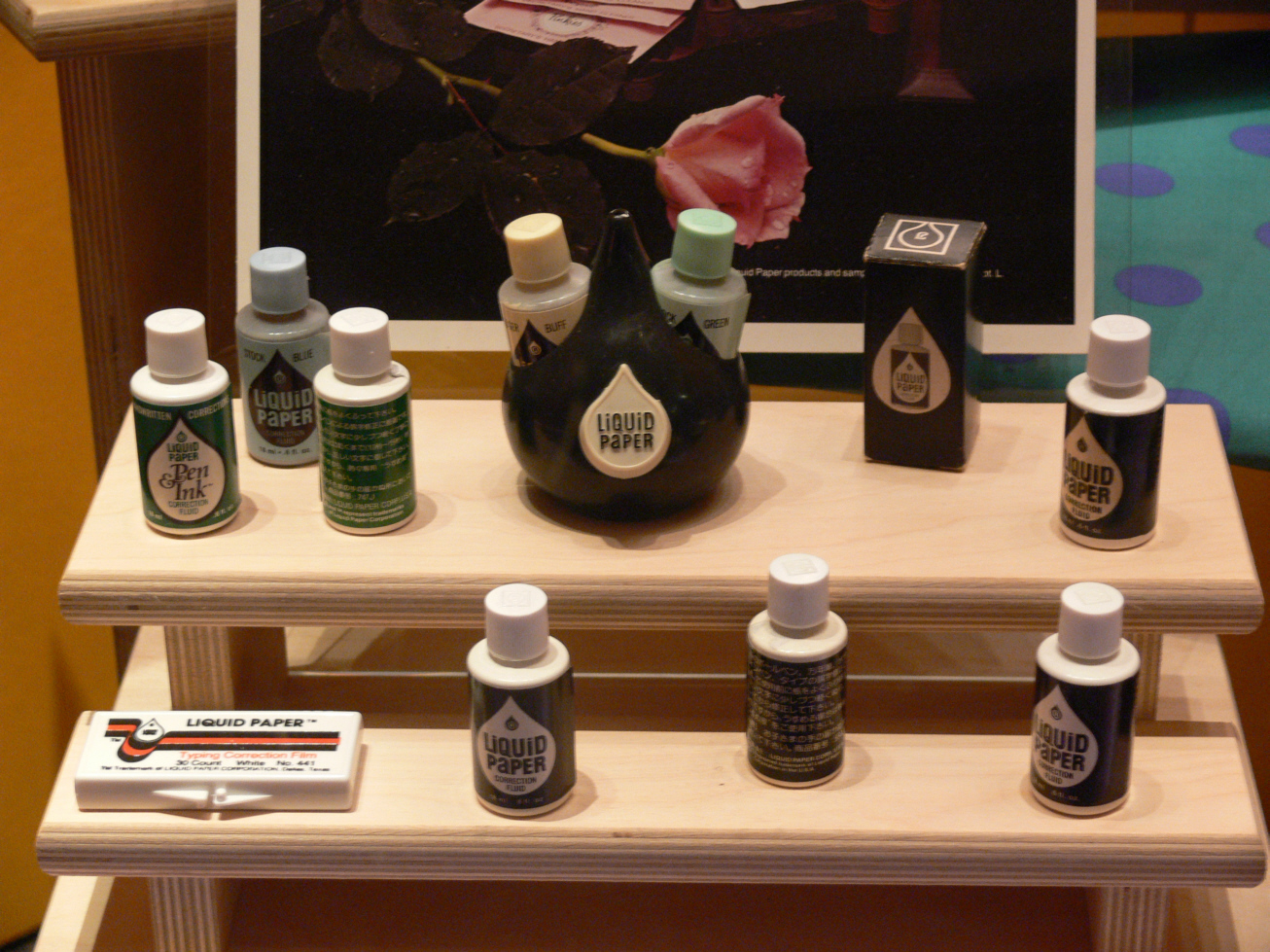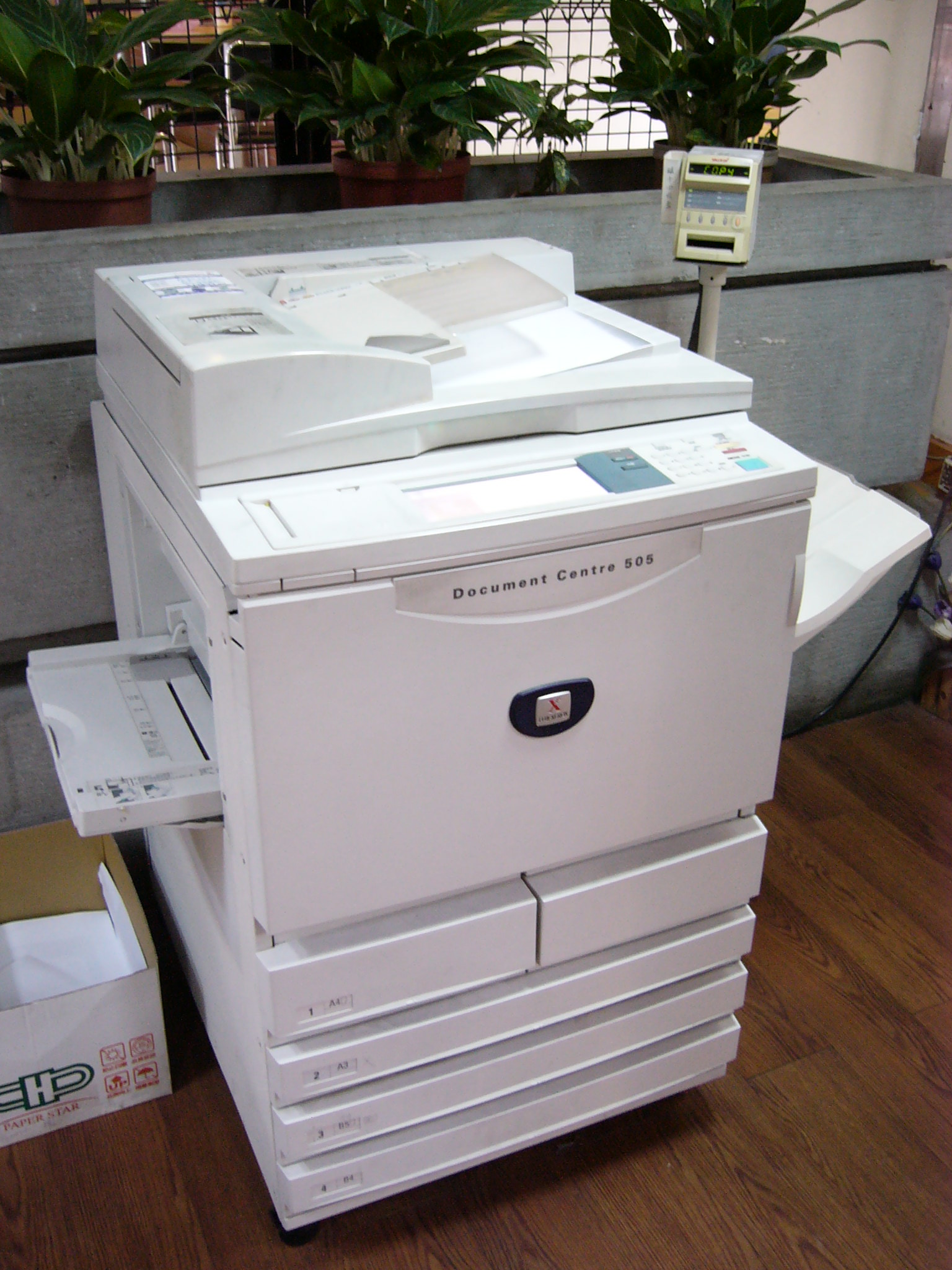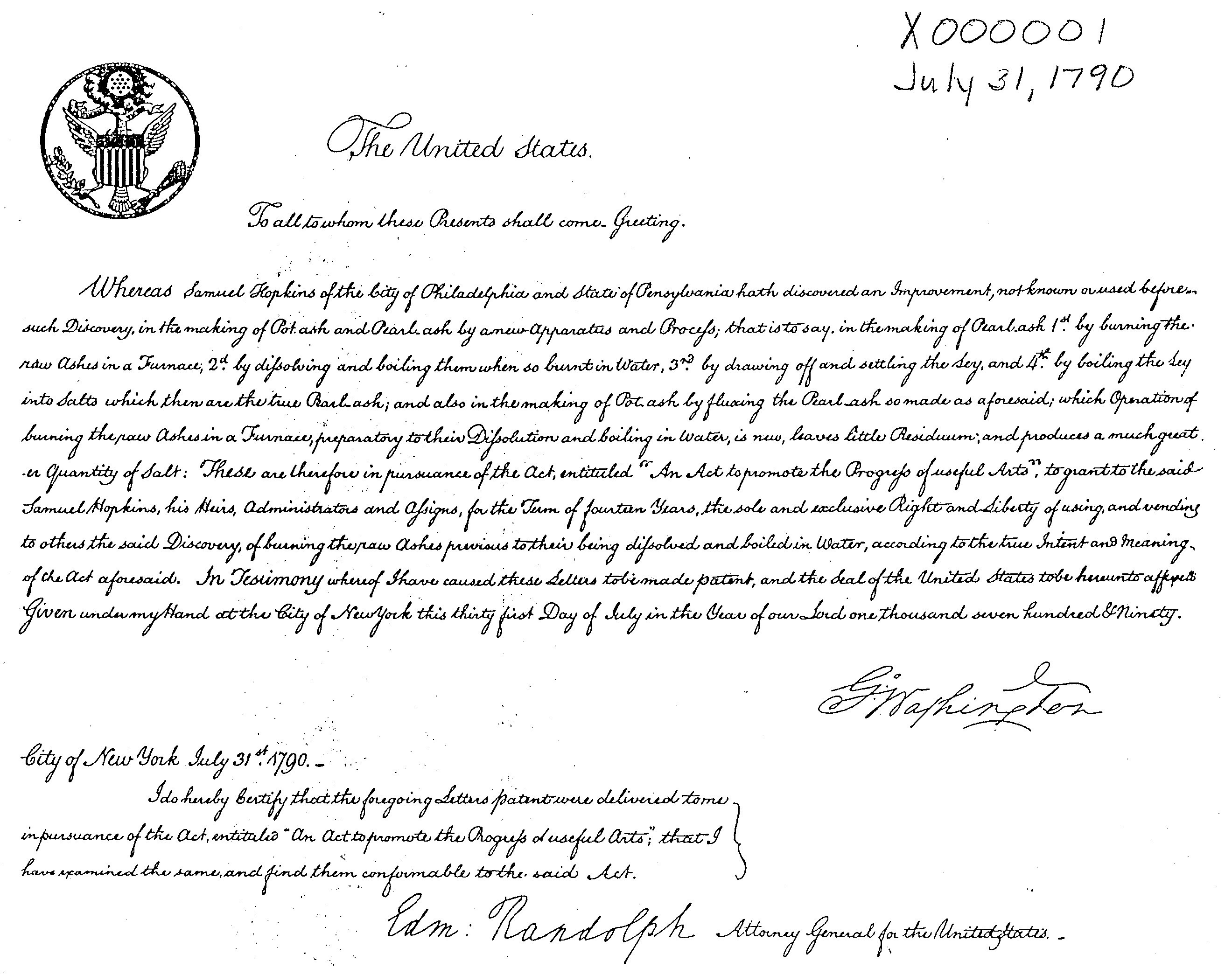|
Wite-Out
Wite-Out is a registered trademark for a brand of correction fluid, originally created for use with photocopies, and manufactured by the BIC corporation. History Wite-Out dates to 1966, when Edwin Johanknecht an insurance-company clerk, sought to address a problem he observed in correction fluid available at the time: a tendency to smudge ink on photostatic copies when it was applied. Johanknecht enlisted the help of his associate George Kloosterhouse, a basement waterproofer who experimented with chemicals, and together they developed their own correction fluid, introduced as "Wite-Out WO-1 Erasing Liquid". In 1971, they incorporated as Wite-Out Products, Inc. The trademark "Wite-Out" was registered by the United States Patent and Trademark Office on February 5, 1974. The application listed the date of "first use in commerce" as January 27, 1966. Early forms of Wite-Out sold through 1981 were water-based and hence water-soluble. While this allowed simple cleaning, it also h ... [...More Info...] [...Related Items...] OR: [Wikipedia] [Google] [Baidu] |
Société Bic
Société Bic S.A., commonly called Bic and stylized as BiC, is a French manufacturing corporation based in Clichy, Hauts-de-Seine. It was founded in 1945 by French aristocrat Marcel Bich and produces specifically disposable items; namely pens, stationery, lighters, and shaving razors. History In 1942, Marcel Bich and his partner, Édouard Buffard, set up a business creating writing instrument parts in a factory in the Paris suburb of Clichy, where they began production of pen holders and pencil cases. Marcel Bich bought the patent for the ballpoint pen from Hungarian – Argentine inventor László Bíró, and using Swiss watchmaking tools, he devised a manufacturing process that produced stainless-steel balls for the tip of the pen. Bich soon perfected the design of the ballpoint pen, and the Bic Cristal ballpoint pen became the company's first product in 1950. The Bic Cristal has sold over one hundred billion units since its launch in 1950. Bich formed Société Bi ... [...More Info...] [...Related Items...] OR: [Wikipedia] [Google] [Baidu] |
Correction Fluid
Correction fluid can be written on after it has dried. Correction fluid bottle Correction fluid bottle A correction fluid (or correction liquid) is an opaque, usually white fluid applied to paper to mask errors in text. Once dried, it can be handwritten or handdrawn upon. It is typically packaged in small bottles, with lids attached to brushes (or triangular pieces of foam) that dip into the fluid. The brush applies the fluid to the paper. Before the invention of word processors, correction fluid greatly facilitated the production of typewritten documents. One of the first forms of correction fluid was invented in 1956 by American secretary Bette Nesmith Graham, founder of Liquid Paper. With the advent of colored paper stocks for office use, manufacturers began producing their fluids in various matching colors, particularly reds, blues and yellows. Composition The exact composition of correction fluid varies between manufacturers, but most fluids are composed of an ''op ... [...More Info...] [...Related Items...] OR: [Wikipedia] [Google] [Baidu] |
Liquid Paper
Liquid Paper is an American brand of the Newell Brands company marketed internationally that sells correction fluid, correction pens, and correction tape. Mainly used to correct typewriting in the past, correction products now mostly cover handwriting mistakes. Product history In 1956, Bette Nesmith Graham (mother of future Monkees guitarist Michael Nesmith) invented the first correction fluid in her kitchen. Working as a typist, she used to make many mistakes and always strove for a way to correct them. Starting on a basis of tempera paint she mixed with a common kitchen blender, she called the fluid "Mistake Out" and started to provide her co-workers with small bottles on which the brand's name was displayed. By 1958, Graham founded the Mistake Out Company and continued working from her kitchen (and eventually garage) nights and weekends to produce small batches of correction bottles. She was fired from her typist job as executive secretary at Texas Bank and Trust after she ... [...More Info...] [...Related Items...] OR: [Wikipedia] [Google] [Baidu] |
Tipp-Ex
Tipp-Ex is a brand of correction fluid and other related products that is popular throughout Europe. It was also the name of the German company (''Société Bic, Tipp-Ex GmbH & Co. KG'') that produced the products in the Tipp-Ex line. While ''Tipp-Ex'' is a trademark name for correction products, in some countries it has become a Generic trademark, genericised trademark: ''to tippex'' or ''to tippex out'' means to erase, either generally or with correction fluid. History ''Tipp-Ex'' correction paper was invented by Wolfgang Dabisch from Eltville, West Germany, who filed a patent in 1958 on ''Colored film for the correction of typing errors'' (). He subsequently founded a company of the same name. Shortly after that a ''Tipp-Ex Sales & Distribution'' company (Tipp-Ex Vertrieb GmbH & Co. KG) was founded in Frankfurt by Otto Carls. This company still exists under the name of Tipp-Ex GmbH & Co. KG close to Frankfurt. ''Tipp-Ex'' became a registered trademark with the German paten ... [...More Info...] [...Related Items...] OR: [Wikipedia] [Google] [Baidu] |
Correction Fluid
Correction fluid can be written on after it has dried. Correction fluid bottle Correction fluid bottle A correction fluid (or correction liquid) is an opaque, usually white fluid applied to paper to mask errors in text. Once dried, it can be handwritten or handdrawn upon. It is typically packaged in small bottles, with lids attached to brushes (or triangular pieces of foam) that dip into the fluid. The brush applies the fluid to the paper. Before the invention of word processors, correction fluid greatly facilitated the production of typewritten documents. One of the first forms of correction fluid was invented in 1956 by American secretary Bette Nesmith Graham, founder of Liquid Paper. With the advent of colored paper stocks for office use, manufacturers began producing their fluids in various matching colors, particularly reds, blues and yellows. Composition The exact composition of correction fluid varies between manufacturers, but most fluids are composed of an ''op ... [...More Info...] [...Related Items...] OR: [Wikipedia] [Google] [Baidu] |
Registered Trademark
A trademark (also written trade mark or trade-mark) is a form of intellectual property that consists of a word, phrase, symbol, design, or a combination that identifies a product or service from a particular source and distinguishes it from others. Trademarks can also extend to non-traditional marks like drawings, symbols, 3D shapes like product designs or packaging, sounds, scents, or specific colours used to create a unique identity. For example, Pepsi® is a registered trademark associated with soft drinks, and the distinctive shape of the Coca-Cola® bottle is a registered trademark protecting Coca-Cola's packaging design. The primary function of a trademark is to identify the source of goods or services and prevent consumers from confusing them with those from other sources. Legal protection for trademarks is typically secured through registration with governmental agencies, such as the United States Patent and Trademark Office (USPTO) or the European Union Intellectual P ... [...More Info...] [...Related Items...] OR: [Wikipedia] [Google] [Baidu] |
Photocopier
A photocopier (also called copier or copy machine, and formerly Xerox machine, the generic trademark) is a machine that makes copies of documents and other visual images onto paper or plastic film quickly and cheaply. Most modern photocopiers use a technology called '' xerography'', a dry process that uses electrostatic charges on a light-sensitive photoreceptor to first attract and then transfer toner particles (a powder) onto paper in the form of an image. The toner is then fused onto the paper using heat, pressure, or a combination of both. Copiers can also use other technologies, such as inkjet, but xerography is standard for office copying. Commercial xerographic office photocopying gradually replaced copies made by verifax, photostat, carbon paper, mimeograph machines, and other duplicating machines. Photocopying is widely used in the business, education, and government sectors. While there have been predictions that photocopiers will eventually become obsol ... [...More Info...] [...Related Items...] OR: [Wikipedia] [Google] [Baidu] |
Insurance
Insurance is a means of protection from financial loss in which, in exchange for a fee, a party agrees to compensate another party in the event of a certain loss, damage, or injury. It is a form of risk management, primarily used to protect against the risk of a contingent or uncertain loss. An entity which provides insurance is known as an insurer, insurance company, insurance carrier, or underwriter. A person or entity who buys insurance is known as a policyholder, while a person or entity covered under the policy is called an insured. The insurance transaction involves the policyholder assuming a guaranteed, known, and relatively small loss in the form of a payment to the insurer (a premium) in exchange for the insurer's promise to compensate the insured in the event of a covered loss. The loss may or may not be financial, but it must be reducible to financial terms. Furthermore, it usually involves something in which the insured has an insurable interest established by o ... [...More Info...] [...Related Items...] OR: [Wikipedia] [Google] [Baidu] |
Photostat
The Photostat machine, or Photostat, was an early Photocopying, projection photocopier created in the 1900s (decade), decade of the 1900s by the Commercial Camera Company, which became the Photostat Corporation. The "Photostat" name, which was originally a trademark of the company, became generic trademark, genericized, and was often used to refer to similar machines produced by the RetinalGraph Company or to wikt:photostat#Noun, any copy made by any such machine. History Background The growth of business during the Industrial Revolution created the need for a more efficient means of transcription than hand copying. Carbon paper was first used in the early 19th century. By the late 1840s copying presses were used to copy outgoing correspondence. One by one, List of duplicating processes, other methods appeared. These included the "manifold writer", developed from Christoph Scheiner's pantograph and used by Mark Twain; copying baths; copying books; and roller copiers. Among the ... [...More Info...] [...Related Items...] OR: [Wikipedia] [Google] [Baidu] |
United States Patent And Trademark Office
The United States Patent and Trademark Office (USPTO) is an List of federal agencies in the United States, agency in the United States Department of Commerce, U.S. Department of Commerce that serves as the national patent office and trademark registration authority for the United States. The USPTO's headquarters are in Alexandria, Virginia, after a 2005 move from the Crystal City, Virginia, Crystal City area of neighboring Arlington County, Virginia, Arlington, Virginia. The USPTO is "unique among federal agencies because it operates solely on fees collected by its users, and not on taxpayer dollars". Its "operating structure is like a business in that it receives requests for services—applications for patents and trademark registrations—and charges fees projected to cover the cost of performing the services [it] provide[s]". The office is headed by the Under Secretary of Commerce for Intellectual Property, under secretary of commerce for intellectual property and directo ... [...More Info...] [...Related Items...] OR: [Wikipedia] [Google] [Baidu] |
Soluble
In chemistry, solubility is the ability of a substance, the solute, to form a solution with another substance, the solvent. Insolubility is the opposite property, the inability of the solute to form such a solution. The extent of the solubility of a substance in a specific solvent is generally measured as the concentration of the solute in a saturated solution, one in which no more solute can be dissolved. At this point, the two substances are said to be at the solubility equilibrium. For some solutes and solvents, there may be no such limit, in which case the two substances are said to be " miscible in all proportions" (or just "miscible"). The solute can be a solid, a liquid, or a gas, while the solvent is usually solid or liquid. Both may be pure substances, or may themselves be solutions. Gases are always miscible in all proportions, except in very extreme situations,J. de Swaan Arons and G. A. M. Diepen (1966): "Gas—Gas Equilibria". ''Journal of Chemical Physics'', ... [...More Info...] [...Related Items...] OR: [Wikipedia] [Google] [Baidu] |
Ozone Depletion
Ozone depletion consists of two related events observed since the late 1970s: a lowered total amount of ozone in Earth, Earth's upper atmosphere, and a much larger springtime decrease in stratospheric ozone (the ozone layer) around Earth's polar regions. The latter phenomenon is referred to as the #Ozone hole and its causes, ozone hole. There are also springtime polar tropospheric ozone depletion events in addition to these stratospheric events. The main causes of ozone depletion and the ozone hole are manufactured chemicals, especially manufactured halocarbon refrigerants, solvents, propellants, and foam-blowing agents (chlorofluorocarbons (CFCs), HCFCs, Haloalkanes, halons), referred to as ''ozone-depleting substances'' (ODS). These compounds are transported into the stratosphere by Turbulence, turbulent mixing after being emitted from the surface, mixing much faster than the molecules can settle. Once in the stratosphere, they release atoms from the halogen group through photod ... [...More Info...] [...Related Items...] OR: [Wikipedia] [Google] [Baidu] |








